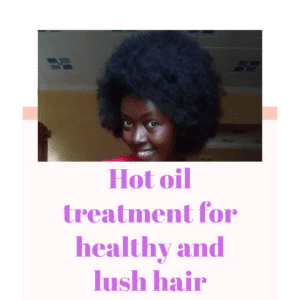Hey, curlfriends! If you’re navigating the world of type 4 natural hair, you’ve probably heard about the LOC and LCO moisturizing methods. But with so much information out there, it can be overwhelming to figure out which method suits your hair best. Fear not—I’m here to break it all down for you! Let’s chat about these two popular techniques, and I’ll even give you some product recommendations to help you get started.
Feel like your hair has been the same length forever, I’ve an Ebook that will help you grow your hair healthier, longer and thicker. Grab your copy here… Also, check out all the Ebooks,guides and journals that will go a long way in your hair care journey here.
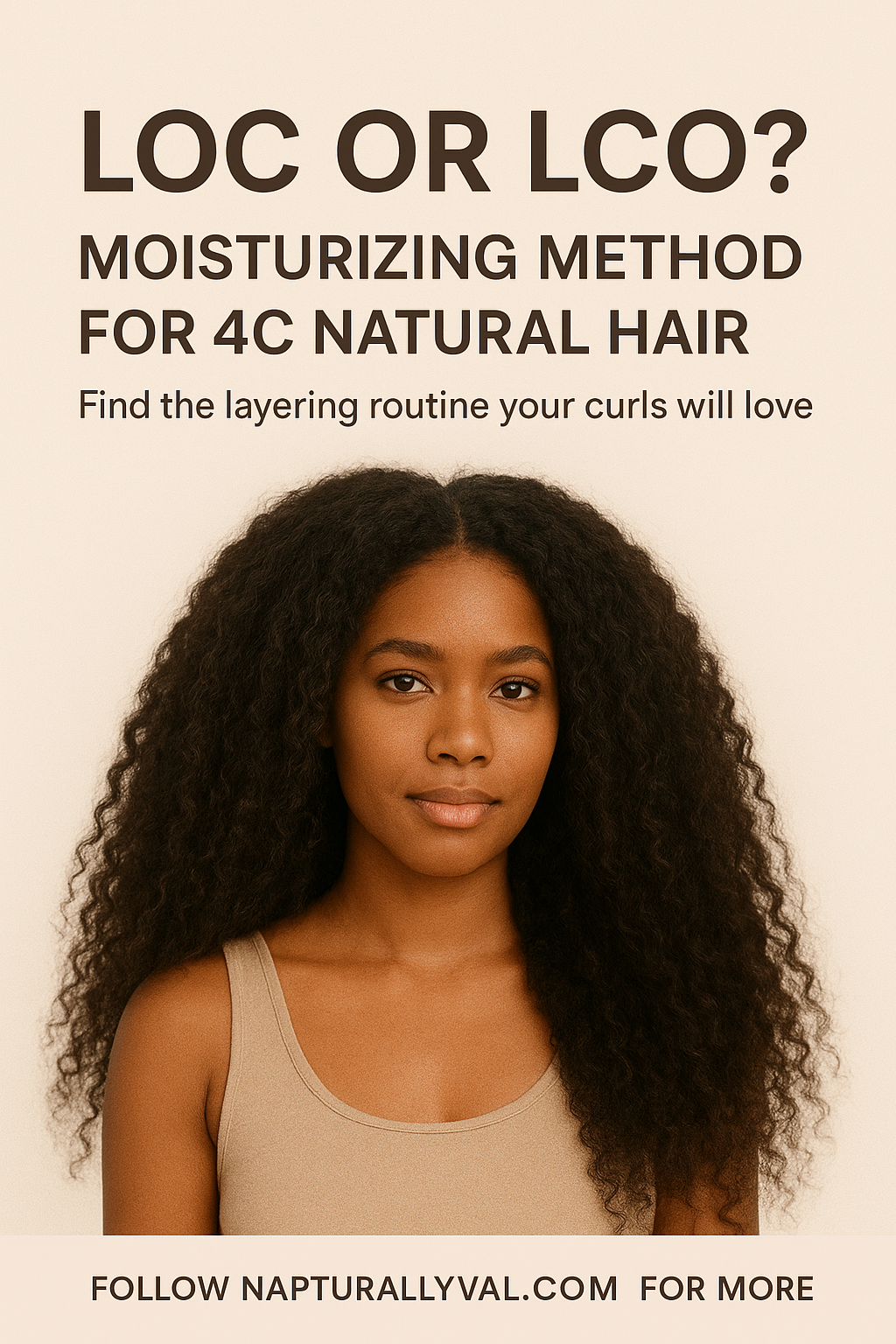
Table of Contents
The 4C Hair Moisture Miracle: How to Master the LOC/LCO Method
LOC vs. LCO: What’s the Difference?
Before we dive into which method might work best for your hair, let’s quickly revisit what LOC and LCO actually stand for:
- LOC Method: This stands for Liquid, Oil, Cream. It’s a three-step process where you first apply a liquid, followed by an oil, and finish with a cream.
- LCO Method: This stands for Liquid, Cream, Oil. Here, you start with the liquid, then apply a cream, and finish with an oil.
Why Moisture is Key for Type 4 Hair
Type 4 hair is characterized by tight curls and coils, which makes it more prone to dryness because natural oils from the scalp have a harder time traveling down the hair shaft. Proper moisture is crucial for maintaining elasticity, shine, and overall health. This is where the LOC and LCO methods come into play!
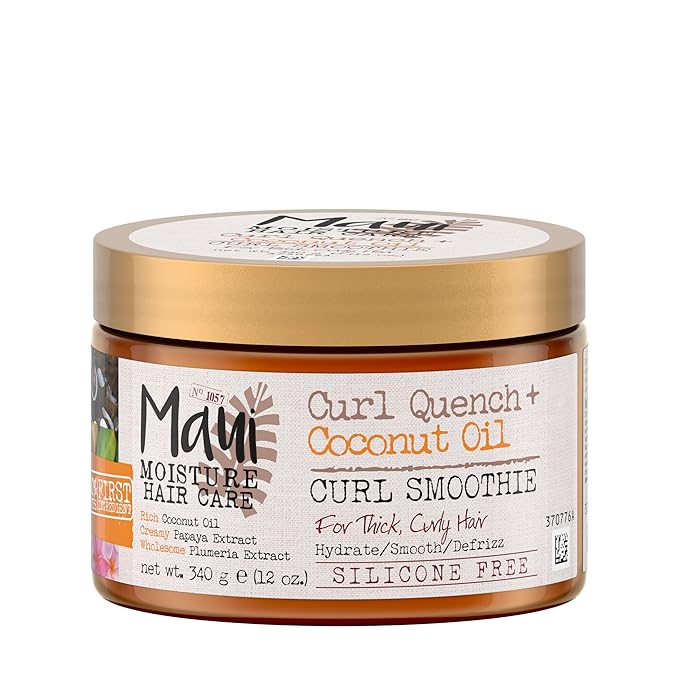
The LOC Method: Liquid, Oil, Cream
1. Liquid: This is your base layer, typically water or a leave-in conditioner. It helps to hydrate your hair and make it more flexible.
2. Oil: Next, you apply an oil to seal in that hydration. Oils create a barrier that helps to lock in moisture and protect your hair from environmental damage.
3. Cream: The final step is to apply a cream to add additional moisture, provide hold, and enhance curl definition.
Pros of the LOC Method:
- Moisture Retention: The oil layer helps to lock in the moisture from the liquid, which can result in longer-lasting hydration.
- Product Versatility: This method is great if you use heavier creams, as the oil can help to smooth out the cream application.
Cons of the LOC Method:
- Build-Up Potential: Using oil before the cream can sometimes lead to product build-up, especially if your hair doesn’t absorb the oil well.
- Greasy Feel: Some people might find that applying oil first can make their hair feel greasy or weighed down.
Top Products for LOC Method:
- Liquid: SheaMoisture Jamaican Black Castor Oil Leave-In Conditioner – This leave-in conditioner is great for adding hydration and managing frizz.
- Oil: Coconut Oil by Majestic Pure – A versatile oil that’s perfect for sealing in moisture without being overly heavy.
- Cream: Cantu Shea Butter for Natural Hair Coconut Curling Cream – This cream provides excellent curl definition and moisture.
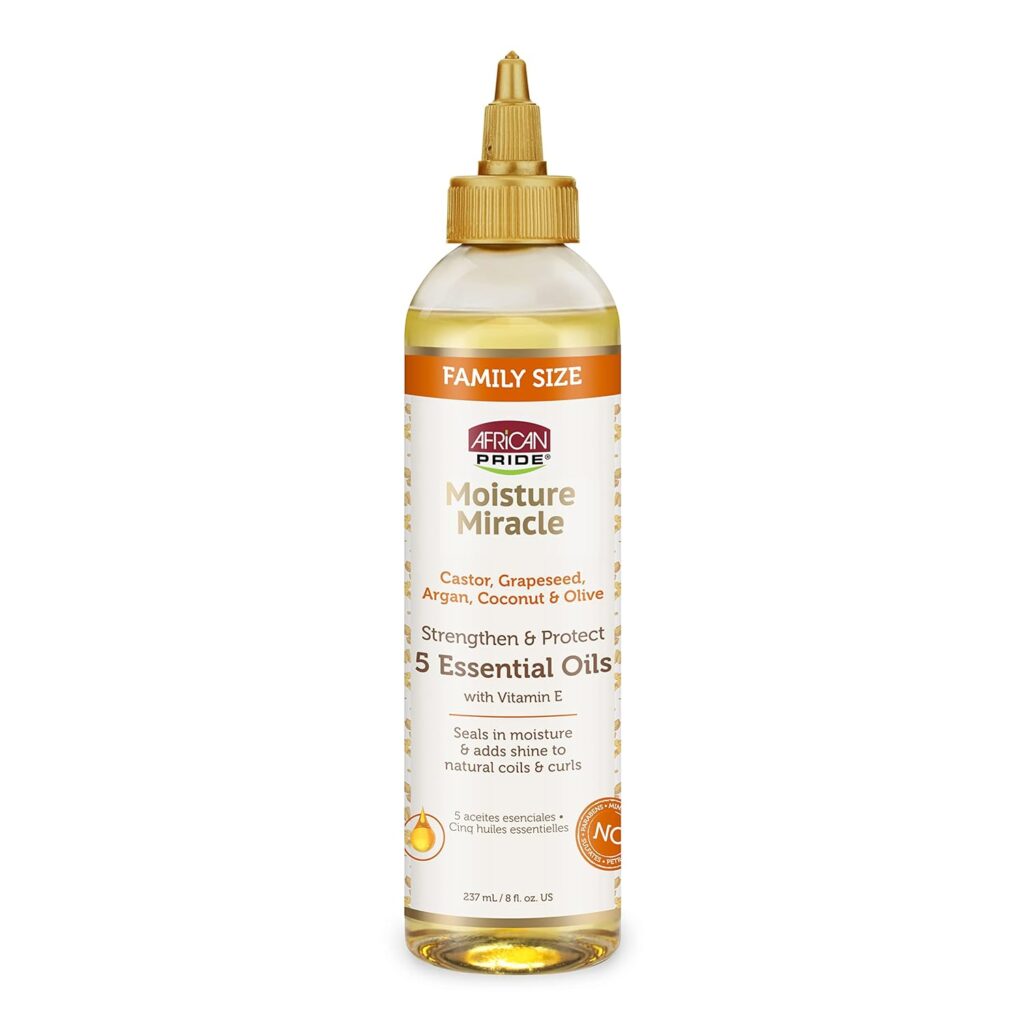
The LCO Method: Liquid, Cream, Oil
1. Liquid: Just like in the LOC method, start with a liquid to hydrate your hair.
2. Cream: Next, apply a cream. This step allows the cream to penetrate your hair and provide additional moisture and curl definition.
3. Oil: Finish up by sealing everything in with oil. This helps to lock in the moisture and adds shine.
Pros of the LCO Method:
- Enhanced Curl Definition: Applying cream before oil can sometimes give better curl definition and reduce frizz.
- Less Build-Up: This method can reduce the potential for product build-up, as the oil is used last to seal everything in.
Cons of the LCO Method:
- Moisture Retention: Some people find that their hair doesn’t stay moisturized as long with this method, as the oil might not seal in moisture as effectively.
- Product Absorption: If your hair is very dry, the cream might not penetrate as deeply without the oil first.
Top Products for LCO Method:
- Liquid: Aunt Jackie’s Quench Moisture Intensive Leave-In Conditioner – Provides excellent hydration and helps with detangling.
- Cream: As I Am Doublebutter Cream – Rich and nourishing, perfect for adding moisture and defining curls.
- Oil: Mielle Organics Mint Almond Oil – Lightweight yet effective for sealing in moisture and adding shine.

Which Method is Right for You?
Choosing between LOC and LCO really comes down to your hair’s specific needs and your personal preference. Here are a few things to consider:
1. Hair Porosity:
- Low Porosity: If your hair has low porosity, it means it doesn’t easily absorb moisture. The LOC method might work better for you, as the oil can help seal the moisture from the liquid before applying the cream.
- High Porosity: For high porosity hair, which absorbs moisture quickly but loses it just as fast, the LCO method might be more effective. The cream can help retain moisture better before the oil seals everything in.
2. Product Texture:
- Heavy Products: If you use heavier creams, the LOC method might be preferable as the oil can help manage the weight of the cream.
- Light Products: For lighter creams, the LCO method might be ideal to avoid product build-up.
3. Personal Preference:
Ultimately, it’s about what feels best for your hair. Try both methods and see which one keeps your curls looking and feeling the best!
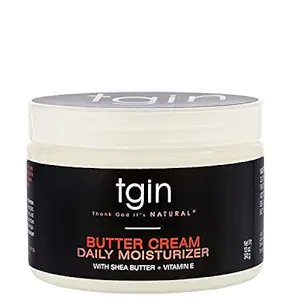
Tips for Success
- Experiment: Don’t be afraid to experiment with different products and combinations. What works for one person might not work for another, so it’s all about finding what works best for you.
- Adjust as Needed: Your hair needs can change with the seasons or as it grows, so be open to adjusting your routine.
- Keep It Simple: If one method feels too complicated, simplify your routine until you find what works best for you.
Whether you choose the LOC or LCO method, remember that the ultimate goal is to keep your type 4 hair healthy, moisturized, and fabulous. Both methods have their benefits, so it’s about finding what works best for you and your unique curls.
I’d love to hear from you! Have you tried the LOC or LCO method? Which one works better for your hair? Share your experiences and product recommendations in the comments below. Until next time, keep those curls popping!

